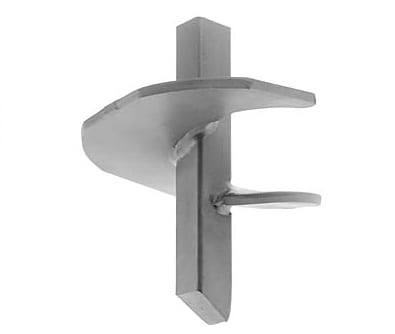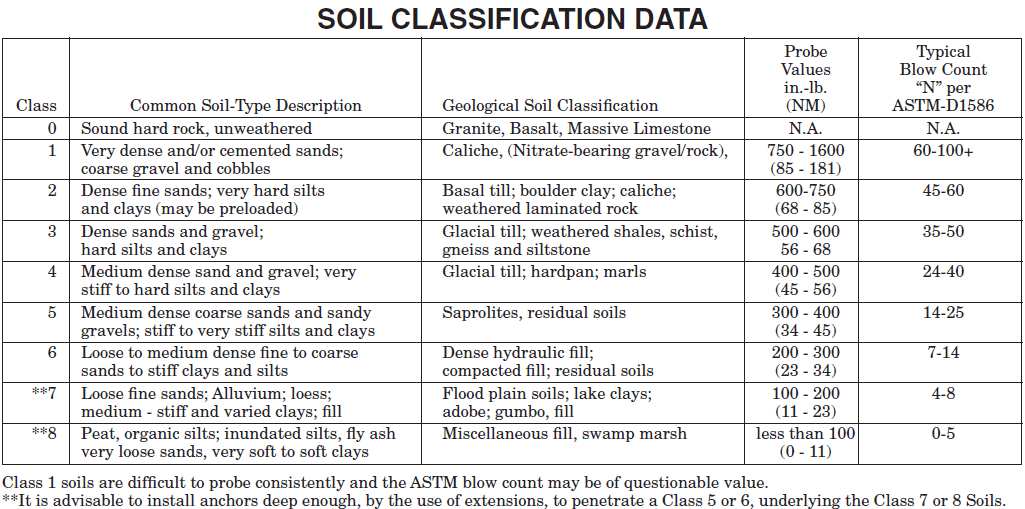 Have you ever wondered how those enormous roadside transmission and cell towers remain grounded by wire? It’s a unique strength that’s largely derived from quality guy-wire anchors.
Have you ever wondered how those enormous roadside transmission and cell towers remain grounded by wire? It’s a unique strength that’s largely derived from quality guy-wire anchors.
Here’s how it works: A specialized screw anchor is put into the ground, then a guy-wire is connected to the anchor to hold mammoth structures in place. This type of stability is made possible when crews partner with the right supply chain distributor.
 Understanding soil mechanics before installation
Understanding soil mechanics before installation
Which anchor to use depends on the type of soil located on-site (usually sand, clay, hardpan or swamp). Engineers screw a soil test probe into the ground to identify subsoil conditions, then readings are used to classify soil, and therefore predict anchor holding capacity.
During screw anchor installation, it’s essential for crews to use tools and anchors that are not only properly rated for the soil, but also for assets like trucks. Learn more about the use of proper anchor installation tools.
 VIDEO: How quality guy-wire anchors are installed
VIDEO: How quality guy-wire anchors are installed
- An anchor rod is threaded to the anchor, and a wrench is positioned on the anchor rod’s hex-shaped collar to tighten the rod into the anchor.
- The anchor is then attached to the anchor drive wrench. This can be done in two ways:
- By sliding the anchor rod into the anchor drive wrench before the drive wrench is attached to the truck.
- By attaching the drive wrench to the lifted assembly and hoisting the anchor rod into place.
- The anchor is set in a near-vertical position, and a boom is used to apply pressure downward. (Starting the anchor at too steep of an angle could cause the anchor to walk across the ground’s surface.)
- After the anchor has penetrated the soil, the boom is moved to the correct guy angle. (Crews need to be sure to only move the boom when the anchor is rotating.)
- Once the anchor reaches the desired depth, the boom is lifted, leaving the operator drive wrench in the ground.
- An anchor extension rod is added to the rod in the ground.
- The wrench extension is placed over the anchor rod and bolted to the assembly.
- The drive tooling is then attached to the extension wrench.
Check out this video by Hubbell Power Systems to see the entire anchor installation process:
[youtube https://www.youtube.com/watch?v=lIY6dK-JenM?start=7&w=400&h=225]
Anchor installation best practices
- The minimum installation depth should be about 5 feet, measured vertically.
- When installing a 7-foot anchor rod, there should not be more than 12 inches of rod extending above ground level.
NOTE: When an anchor is installed to shallower depths, there is an increased risk the soil will fail below the expected holding capacity.
This blog post was drafted in partnership with Hubbell Power Systems. Learn more about quality guy-wire anchors.
Related posts
High-voltage rubber glove inspections crucial for electrical professionals